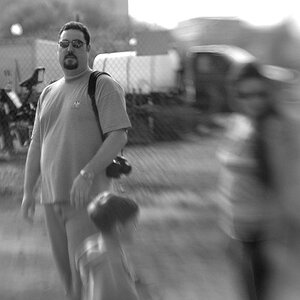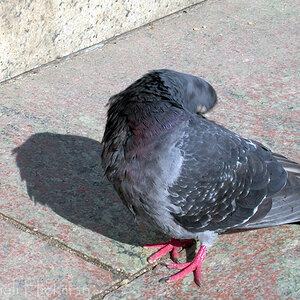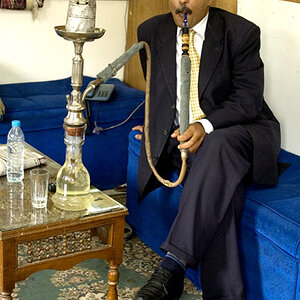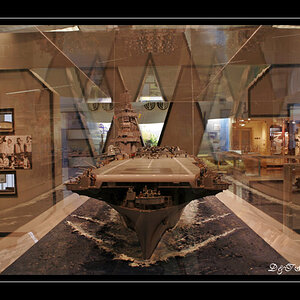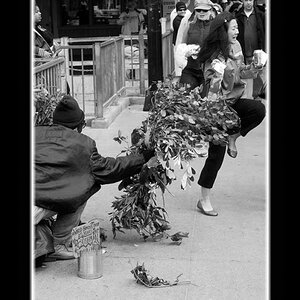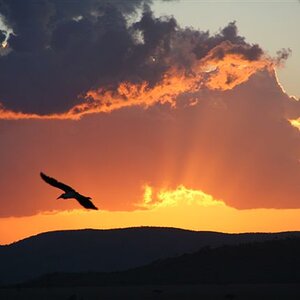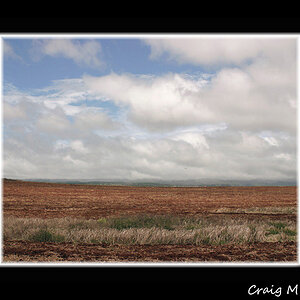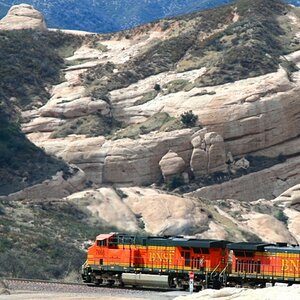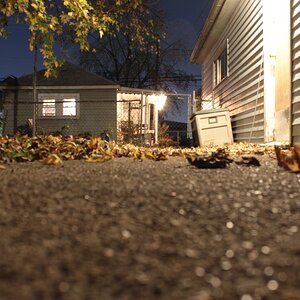- Joined
- Feb 1, 2004
- Messages
- 34,813
- Reaction score
- 822
- Location
- Lower Saxony, Germany
- Can others edit my Photos
- Photos NOT OK to edit
Some play with light and shadow, when I saw this trailor (I think it is for cattle transportation) standing in front of that warehouse in the glaring sunlight. I thought it might downright OFFER itself to some more Leica-pics ... but I still have to learn about proper exposure, as you will see:
1.

2.

3. The "sunny side" of the trailor

4. Back of the trailor - and I got blown-out parts in the sunny spots here :roll: (and not only here, also in Photo 2)

Well, I might still get better. How knows. Try and error...
1.

2.

3. The "sunny side" of the trailor

4. Back of the trailor - and I got blown-out parts in the sunny spots here :roll: (and not only here, also in Photo 2)

Well, I might still get better. How knows. Try and error...


